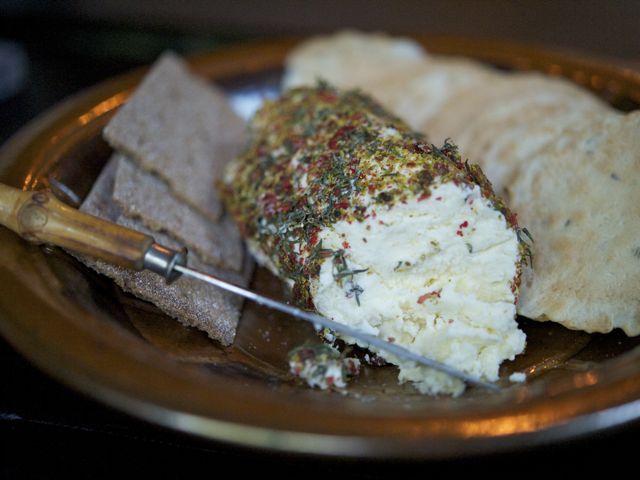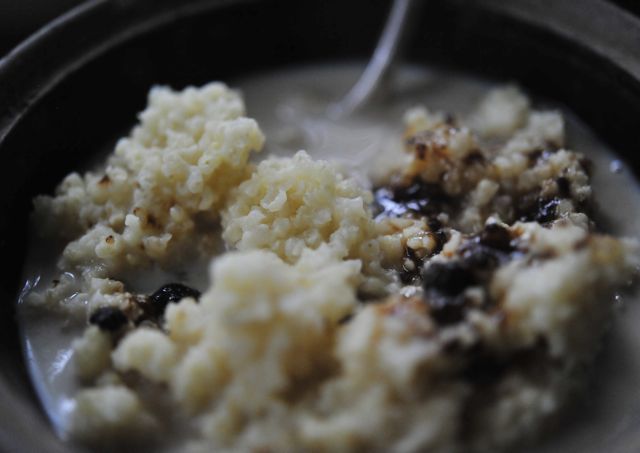I'm also done with nuts, chocolate and sugar for the season. Enough! Those things are particularly bad for my constitution. They bring me down. Instead, I have stocked the fridge with pomegranates and sweet-tart clementines, a gorgeous block of Stilton and some fresh chestnuts. And, as always, nourishing bone broths. Don't you love it when something that has been around for millennia—fasting! kale!—suddenly becomes a trend? So it is with bone broths, which are on everyone's lists for "what's hot in 2015."
Before we go any further, let’s consider how stock differs from broth, often merely a question of semantics. A general consensus seems to be that stock is a relatively clear, unsalted liquid made by slowly simmering bones and sometimes vegetables, which is then used as the basis for sauces and soups. Broth is a simple soup in itself, more highly seasoned than stock and perhaps containing bits of meat. In most recipes the two can be interchanged, though stock is more neutral, with its salinity, strength and seasoning dependent on how it will be used.
Read More...












